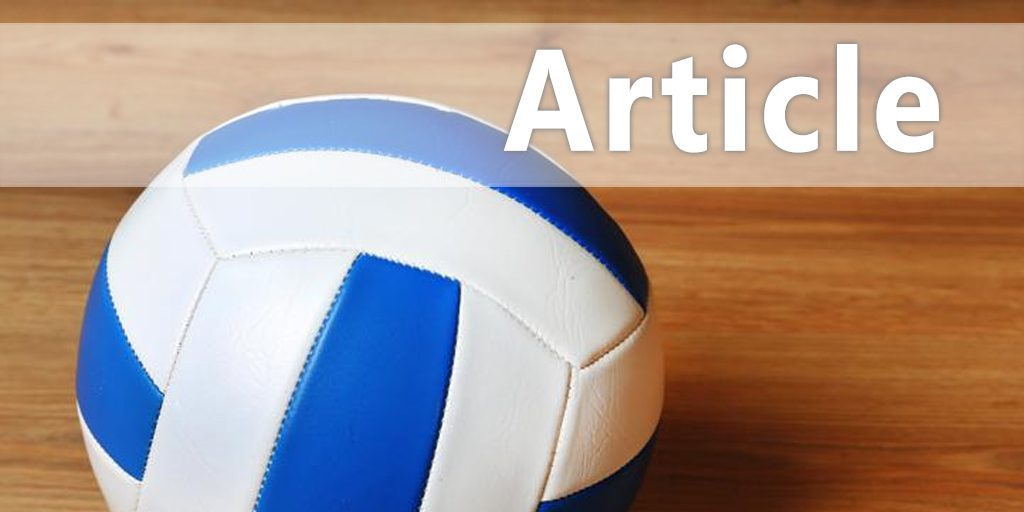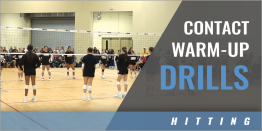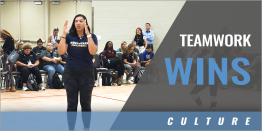|
By: Jay Hosack, Men's Head Volleyball Coach - George Mason University. Previously Assistant Men's Volleyball Coach at Penn State University. Originally published in: Coaching Volleyball Magazine
In any sport, there are times when a team struggles against its opponent. A strategically called timeout can be used to get the team back on the same page. Perhaps a blocking scheme needs to be changed, you need to discuss new serving strategies, or just calm the nerves of a rattled team. Whatever the case, timeouts can be effectively used to help manage the game as it progresses. But when should you take a timeout? How can a coach use the time wisely? Does the coach talk to everyone or just certain people specifically? Below are a few ideas that have been effectively utilized by coaches in their time of need. The "We're in Trouble" timeout: Your team is not siding out and the opponent is stringing a run of points, or the block is making your hitter look like they are attacking in a phone booth. When this occurs, you need a timeout to slow down the momentum of the other team. During this time, it's important to discuss what you can do, versus what you can't do to help your team focus on the future, and not on past events.
The "Icing the Server" timeout: Your opponent has a player blasting big jump-serves or floats that look like they are being served in a wind tunnel and your passers are struggling. Two things occur during this timeout. First, you give the server a chance to be "iced", and not be in their rhythm for the next serve. Second, you allow your passers to regroup and focus on their passing responsibilities. The "Adjustment" timeout: During scouting meetings, we may discuss tendencies of hitters or setters, as well as discuss how we are going to address them tactically. However, they may have scouted you differently, and are adjusting their tendencies to yours. This is where adjustments for either can be made. The "We've Got Them on the Ropes" timeout: Sometimes it's the other team that needs a timeout from your dominance. What do you say to your team during this timeout? I like to reassure the team that we are doing the right things- remind them of a certain tendency, and let them rest and get water in order to prepare themselves for the next battle. How should the information be distributed? Fortunately, there is no right answer for this. Some coaches like to be the only one who talks during timeouts in order to give one set of instructions in one specific way. Others like to let their assistants talk to certain players. For example, an offensive coordinator may talk with your setter about hot hitters or exploiting the blockers. A defensive coordinator may also talk to the libero and specific blockers about what their next rotation might en-tail. Additionally, you may have a coach that is really good at inspiring your players, and can elevate the team energy when they are flat, or level them out when they are too excited. Also, remember to speak slowly and clearly, especially in rival gyms that might be louder than yours. Try to make eye contact so your players are engaged in the conversation. Last but not least, know when not to call a timeout and let your team work through the adversity. It could prove beneficial for future matches. Either way, it's up to the head coach and his/her staff to determine what works best for the team. The next time you are thinking about calling a timeout, think about the how and why as well. Could you do it better?
|







